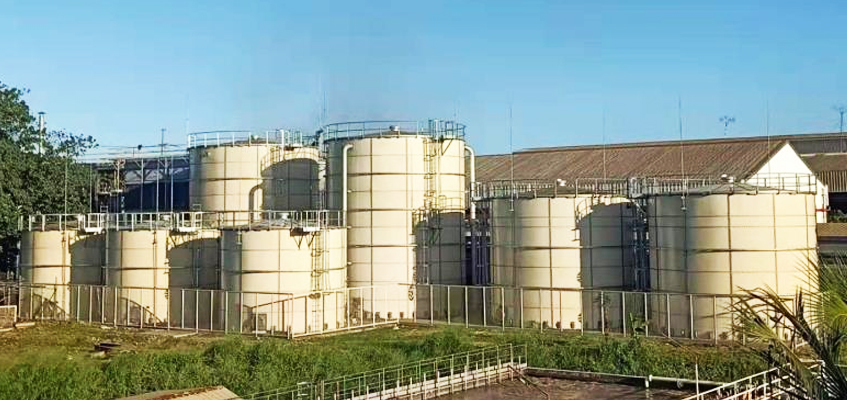There is no simple and direct solution for wastewater treatment in the dairy industry using milk as raw material. In almost all cases, if the wastewater is not diluted by a large amount of domestic wastewater, specific treatment is required.

Air flotation treatment process
The conventional air flotation method is mainly aimed at the wastewater containing more colloidal substances, which can be better removed by air flotation. After air flotation treatment, although the effluent is relatively clear, it can only remove the colloidal organic matter in the wastewater, while the dissolved organic matter cannot be removed. The COD content in the effluent is high, the operation is unstable, and it cannot meet the requirements of environmentally friendly discharge at all. At the same time, air flotation will produce more sludge, and the sludge has a very high water content, which is difficult to treat and has high operating costs. At present, it is basically not used for the treatment of this type of wastewater.
Aerobic treatment process
The aerobic processes such as biological contact oxidation method and activated sludge method have a good effect on the treatment of dairy wastewater. The removal rate of COD is more than 90%, and the operation is relatively stable, but air aeration is required, which consumes more power and high operating costs. , At the same time, it will take a long time (usually about months) to restart after stopping production for overhaul.
An oxidation pond is another possible solution, but requires an additional supply of oxygen and may have odor problems. Anaerobic digestion gives good results, but an aeration chamber must always be followed to avoid unpleasant odor problems. Compared with anaerobic digestion, aerobic filtration requires a shorter retention time, but on the other hand, it has sulfur odor, regular backwashing, long start-up time and related problems caused by suspended solids. The aerobic process is more suitable for small factories, and the anaerobic process is more suitable for large systems: it provides a good opportunity to increase energy through biogas recovery. The steps of chemical dosing, coagulation, precipitation and aeration can obtain high-quality effluent. Adsorption (activated carbon filter) or reverse osmosis and ultrafiltration are refining processes to obtain very high quality effluent results.
The wastewater from the workshop first enters the adjustment tank to adjust the water quality and quantity. Heating is carried out when the water temperature is low in winter to meet the water inlet requirements of UASB. UASB adopts medium temperature anaerobic. The anaerobic effluent cannot meet the discharge requirements and can be further treated with a trickling filter bed. The trickling filter bed is filled with inorganic solid biologically active fillers, and the anaerobic effluent is evenly spread on the surface of the trickling filter bed filler through the unpowered automatic rotating water distributor, and natural ventilation is used for oxygen supply. The effluent part of the trickling filter bed is refluxed to ensure the hydraulic load and the demand of the rotation speed of the water distributor.
Customize municipal water & wastewater, industrial wastewater and biogas project solutions